
Klemen Kotar
@klemenkotar
CS PhD Student at Stanford Neuro AI Lab, building large world models
ID: 1388245989912285185
30-04-2021 21:36:56
23 Tweet
119 Followers
214 Following

Presenting the CONTAINER (CONtext Aggregation NEtwoRk) -- a unified view of Transformers, CNNs, MLP-Mixers via a general-purpose building block for multi-head context aggregation. arxiv.org/abs/2106.01401 by Peng, Jiasen Lu, Hongsheng, Roozbeh Mottaghi, Ani Kembhavi Ai2
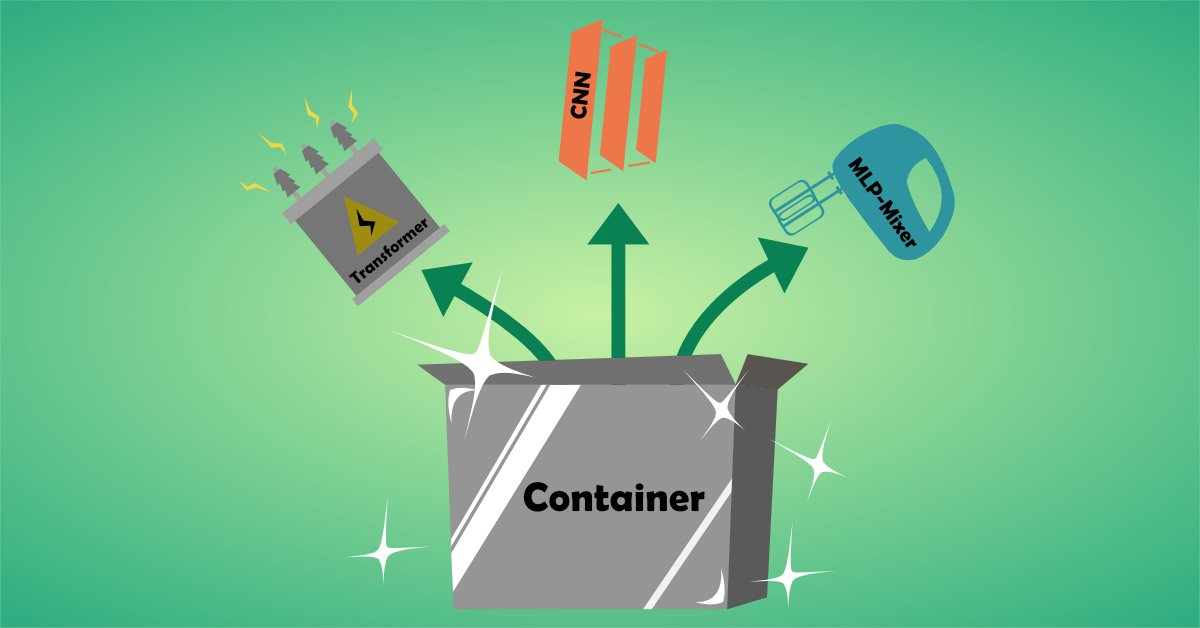
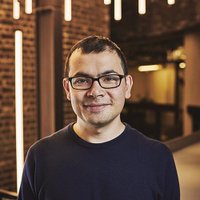
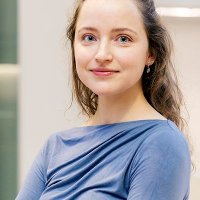
1/ Really excited to share: Language in Brains, Minds, and Machines w Nancy Kanwisher @[email protected] Ev (like in 'evidence', not Eve) Fedorenko 🇺🇦 Annual Reviews We survey the insights that language models (LMs) provide on the question of how language is represented and processed in the human brain. rb.gy/8afztv
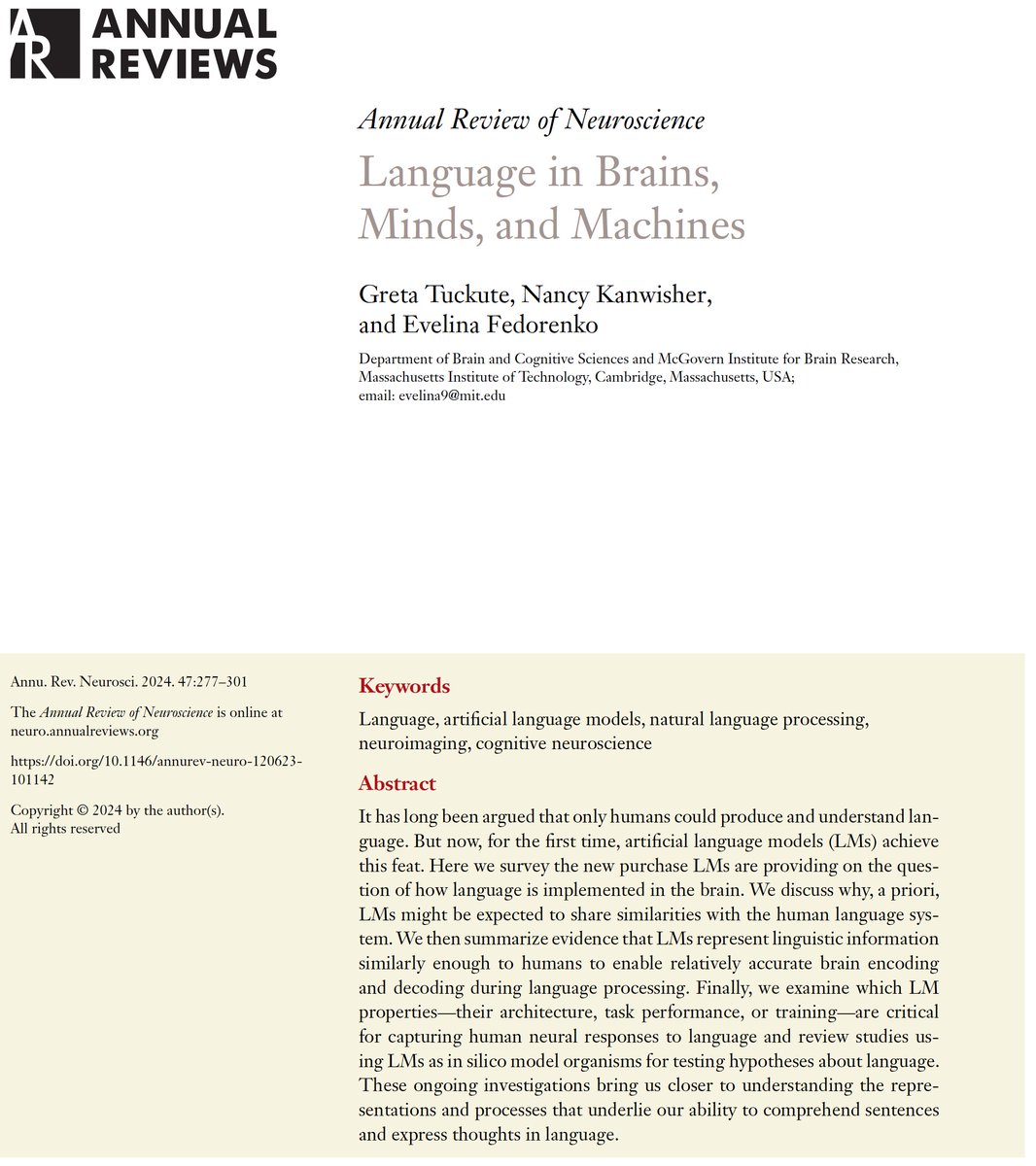



Our new paper "Open Problems in Technical AI Governance" led by Ben Bucknall & me is out! We outline 89 open technical issues in AI governance, plus resources and 100+ research questions that technical experts can tackle to help AI governance efforts🧵 t.ly/Y-mQ1

Excited to present our #ECCV2024 paper on “Understanding Physical Dynamics with Counterfactual World Modeling” with Honglin Chen, Kevin Feigelis, Daniel Bear and Daniel Yamins. Come by poster 260 at the exhibition area from 430-630pm today European Conference on Computer Vision #ECCV2026 TLDR: We introduce Counterfactual

Attending #ECCV2024 in Milan? Stop by poster 260 to see our recent work on understanding physical dynamics with world modeling! Unfortunately, I cannot be there due to visa issues, but my amazing collaborator Rahul Venkatesh will be there - stop by and chat with him!
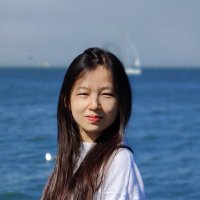

📢Excited to share: I'm again leading the efforts for the Responsible AI chapter for Stanford University's 2025 AI Index, curated by Stanford HAI. As last year, we're asking you to submit your favorite papers on the topic for consideration (including your own!) 🧵 1/

Modern generative models of images and videos rely on tokenizers. Can we build a state-of-the-art discrete image tokenizer with a diffusion autoencoder? Yes! I’m excited to share FlowMo, with Kyle Hsu, Justin Johnson, Fei-Fei Li, Jiajun Wu. A thread 🧵:


New paper on self-supervised optical flow and occlusion estimation from video foundation models. Stefan Stojanov Jiajun Wu Seungwoo (Simon) Kim Rahul Venkatesh tinyurl.com/dpa3auzd @


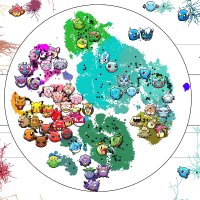

Exciting news! Open Problems in Technical AI Governance was published at TMLR! This is a good time to mention that we're organizing a workshop on TAIG at #ICML2025. Papers are due May 7th and we're also looking for PC members Check out Technical AI Governance @ ICML 2025 for more details!




